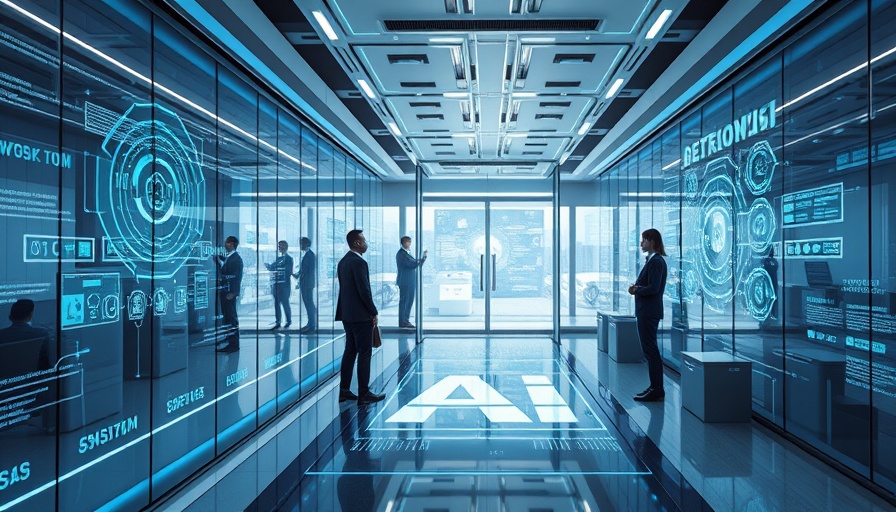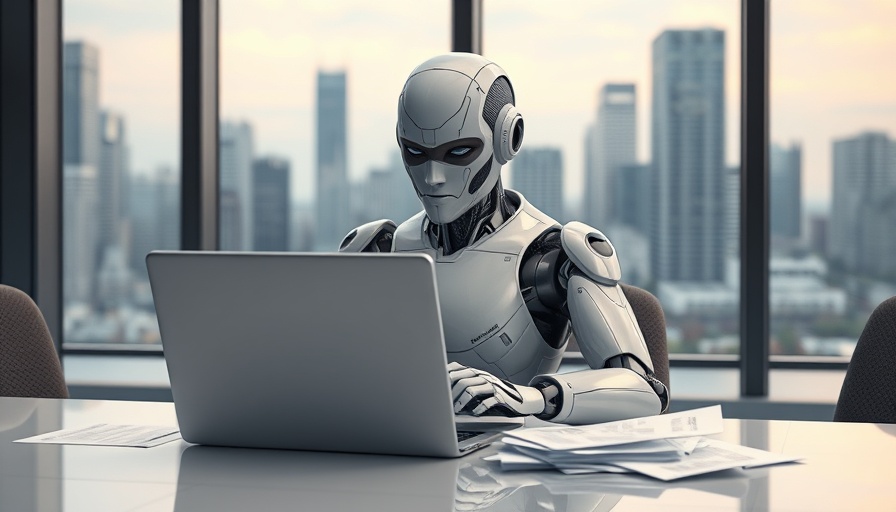
Tesla Seeks to Overturn $243 Million Verdict
Tesla's legal team has filed a motion in Miami federal court aiming to dismiss a $243 million verdict awarded to the family of Naibel Benavides, a young student tragically killed in a Tesla crash. This case has drawn significant attention amid concerns that it may impact the future of self-driving technology and liability issues for car manufacturers.
Understanding the Implications of Mentioning Elon Musk
In its filing, Tesla argues that the jury was misled by the plaintiffs through references to CEO Elon Musk. The company contends that these mentions biased the jury's perspective regarding responsibility for the accident.
The crash involved a 22-year-old student stargazing when a Tesla, supposedly equipped with Autopilot features that Musk has heavily promoted, struck her. Jurors found the driver at fault but also concluded that Tesla bore significant liability due to alleged issues with their technology. This raises vital questions for the tech industry as automakers wrestle with the balance between innovation and safety.
Potential Chilling Effects on Innovation
Elon Musk has long championed the idea of Tesla's self-driving capabilities. Now, Tesla argues that allowing this hefty verdict to stand could hinder innovation within the auto industry, chilling advancements in safety technology. The company stated in its motion that such a verdict could cause future juries to overly penalize manufacturers for accidents originating from a driver’s negligence.
The Road Ahead for Liability in Self-Driving Technology
This case will likely alter how the tech industry views liability as self-driving cars become mainstream. If juries start attributing responsibility to the manufacturers even when drivers are clearly at fault, it may lead to increased insurance costs and a slowdown in the rollout of new safety features. Musk's goal of deploying driverless robotaxis could face hurdles due to fears of litigation.
Negotiation and Settlement Dynamics
Tesla’s refusal to settle for the proposed $60 million showcases the company's stance on taking financial risks associated with courtroom trials. By opting for a trial, they exposed themselves to a far greater penalty, reflecting a complex strategy that could redefine how tech companies manage legal disputes in the future.
Conclusions and Future Considerations
The outcome of Tesla's motion to vacate the verdict could have far-reaching effects on both consumer safety and technological advancement within the auto manufacturing sector.
As the industry awaits the court's decision, organizations, investors, and consumers should assess how legal interpretations of liability influence the evolving landscape of automotive technology. The focus should remain on ensuring safety while fostering innovation.
 Add Row
Add Row  Add
Add 



Write A Comment